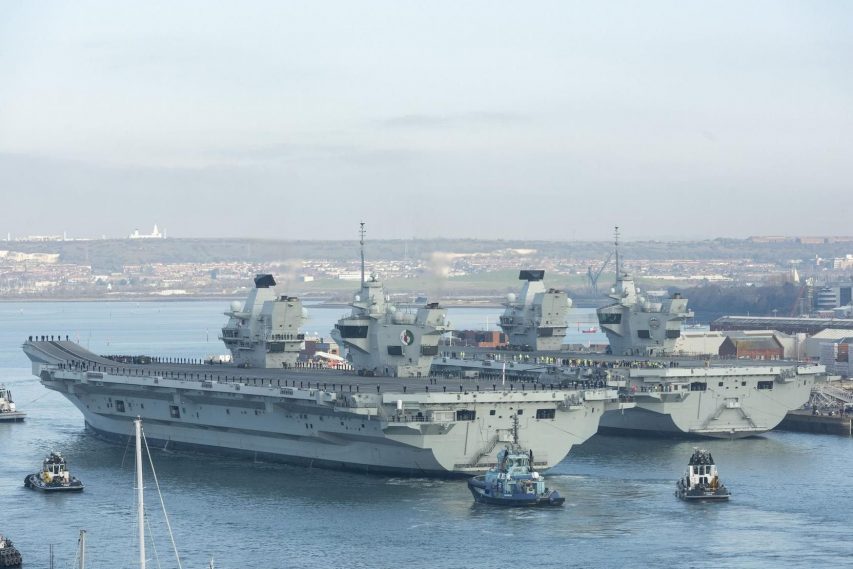In The Free Press, Rob Henderson considers the changes in how the US military recruits for the various branches now that patriotism is a word only used ironically in scare quotes:
The military can’t meet its recruitment goals. Too many young people are too fat, do drugs, or have a criminal record. This has been a problem for years. It’s now approaching a crisis.
To address the recruitment shortfall, the military has reduced previous standards for entry, allowing men to be 6 percent fatter (and women, 8 percent). It is also trying hard to lure recruits by appealing to their self-interest, with a video of individual soldiers speaking to the camera, encouraging candidates to find “the power to discover, to redefine yourself, to improve yourself, to challenge yourself” and “to realize there’s more in you than you ever knew that you could do”. Recruits can also win up to $50,000 bonus money for enlisting.
But this strategy carries a big risk: young adults tend to be less loyal to organizations with lowered standards that target their personal motives. Study after study has shown as much.
As the University of Toronto psychologist Paul Bloom has written, “If entering the group required a thumbs-up and a five-dollar entry fee, anyone could do it; it wouldn’t filter the dedicated from the slackers. But choosing to go through something humiliating or painful or disfiguring is an excellent costly signal, because only the truly devoted would want to do it.”
In other words, by lowering the barrier to entry, the military has opened itself up to more recruits like Jack Teixeira.
No one knows exactly why Teixeira, 21, the Massachusetts Air National Guard airman, allegedly leaked classified information about the CIA, exposing our intelligence on Russia, South Korea, Israel, and Ukraine. He is now cooling his heels in prison, charged with violating the Espionage Act for spilling state secrets on the gaming platform Discord.
The Tucker Carlson right and the Glenn Greenwald left have come to a similar conclusion: that Teixeira is a kind of folk hero. Greenwald recently stated that, much like Edward Snowden, Teixeira aimed to “undermine the agenda of these [intelligence] agencies and prove to the American people what the truth is”. And it’s hard to imagine any Republican ten years ago making the argument that Marjorie Taylor Greene did — that the “Biden regime” considers Teixeira an enemy of the state because he is “white, male, [C]hristian, and antiwar”. Regardless of their specific reasons, this bipartisan agreement that Teixeira should be applauded is emblematic of a broader lack of confidence in the American government and our military.
In recent years, support for the military has plummeted more than in any other American institution — with 45 percent of Americans voicing trust in the armed forces in 2021 versus 70 percent in 2018. This decline is almost entirely due to younger Americans: among those 18 to 44, confidence in all the branches of the military is in the low- to mid-40 percent range; for those 45 and up, it’s in the 80 percent range, according to a 2022 YouGov survey.
This decline in support for the military coincides with declining patriotism among young Americans: 40 percent of Gen Zers (those born from 1997 to 2012) believe the Founding Fathers are more accurately characterized as villains, not heroes, according to psychologist Jean Twenge’s forthcoming book, Generations.






